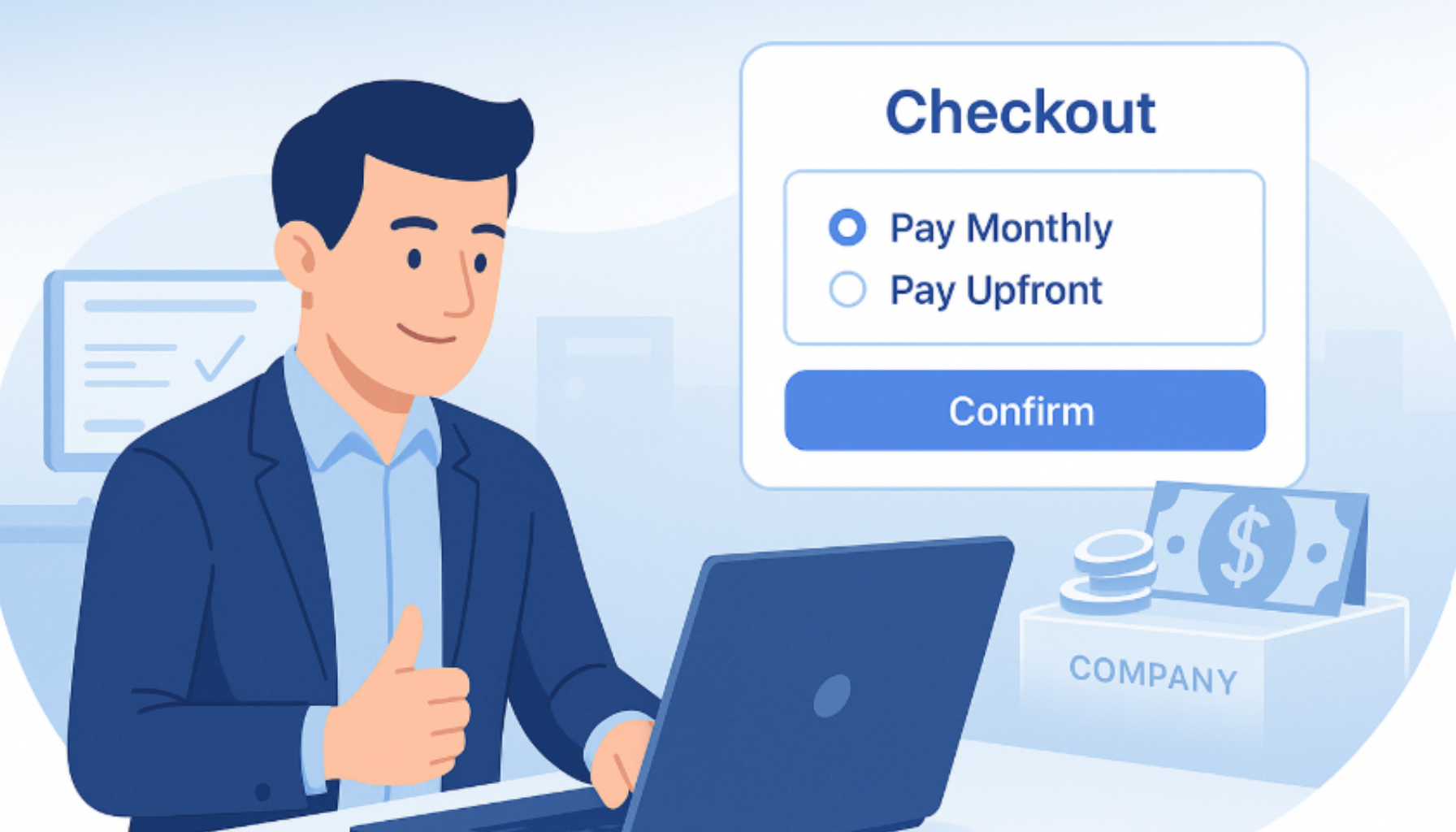How SaaS Companies Can Sell More During a Downturn
With the final months of 2022 upon us, the recession, inflation, and overall industry volatility remain top of mind. As we head into 2023 SaaS companies will continue to have to deal with the recession as venture funding declines. Customers become cash constrained, small and mid-size businesses become cash reserved, and large businesses cut budgets. As a result, tech investing will slow down.
.png)
So how can your SaaS company or startup prepare for these winds of change and continue selling during a downturn?
The Effects of a Downturn on SaaS Sales
Several changes will likely affect your SaaS company in the short term. For one, fewer B2B SaaS customers will want to pay cash up-front. Many may reduce cash burn by cutting headcount. You will have to adjust your contracts to reflect the new reality of cash crunch for all businesses. This is true even for the largest businesses as the public markets focus more on cash flow vs. growth.
Further, customers will negotiate payment terms and discounts. To maintain competitiveness companies will have to provide payment flexibility and /or raise dilutive equity capital to support growth.
To avoid these potential hardships, here are five strategies to help you sell more during an economic downturn.
- Leverage utilization data for product adoption
When customers underutilize your SaaS product, they will likely want to reduce their contracts, which will result in a silent churn known as down-sell. Avoid down-sell by checking the real-time utilization data of each client.
Carefully review the product adoption report to understand if customers are using a feature and how that feature impacts your customer lifetime value and revenues. Use these critical insights to have more meaningful customer conversations where you understand their needs and show them how your product can help them. Shining a spotlight on their needs and goals will help you increase product sales, strengthen your bottom line, and boost your cash flow.
- Make it easier for customers to buy despite cash flow crunch
A simple, yet effective, option for your customers is Buy Now, Pay Later (BNPL) for B2B SaaS, designed for technology companies. This new kind of BNPL for B2B SaaS is a win-win as it gives your customer(s) payment flexibility to match their cash flow needs, budgetary and approval thresholds while still being able to acquire important technologies to optimize their business and compete.. SaaS companies still collect Cash Upfront while increasing conversions, reducing sales friction, and amplifying their revenue by letting customers self select into longer terms and with fewer discounts in exchange for more flexible payment terms. All this by using this new kind of BNPL embedded in the sales process and systems.
- Measure and optimize sales rep productivity
As a SaaS company, you should continually measure rep productivity to assess the sales team’s effectiveness. How many reps are consistently hitting their quotas? What is the average deal size for each rep? What are the net recurring revenue rates? These metrics will reveal problem areas so you can figure out how to best support underperforming reps to bring them back up to speed.
- Optimize your MQL process
During a downturn, many SaaS companies slash marketing budgets and see marketing qualified leads (MQL) capture as a low-value activity. This reasoning is flawed. Optimizing your process for collecting and defining MQLs is particularly valuable during a downturn.
Nurture prospects who are not yet ready to buy and guide them on their buying journey. Focus on customer success to trust and develop strong customer relationships right from the get-go. In the long term, you will be able to create a reliable and steady pipeline of “good-fit” customers who will want to buy from your company.
- Sharpen customer targeting capabilities
Your SaaS company can sell more if you can identify the right customer segments to sell to. Understand the business climate of your target customers. Categorize them based on their industry and what they need from their SaaS provider. Based on this understanding, you can tweak your product’s messaging to target the right customer, gain new customers, reduce customer acquisition costs (CAC), and boost retention.
More volatility is likely in the coming months, for SaaS and other industries. Being flexible with payment terms can help you keep your customers and in the long run grow your business.
Check out Ratio as a BNPL provider. Contact us to learn more.









.png)


